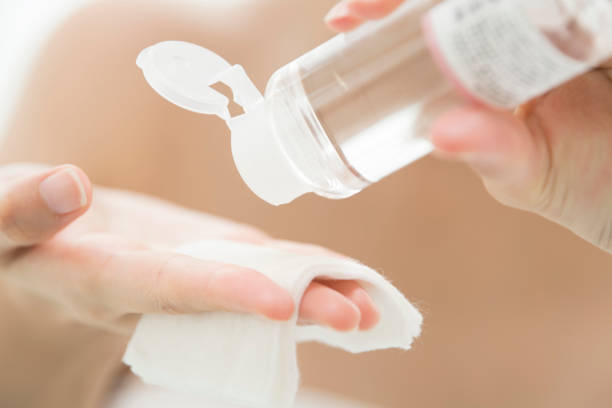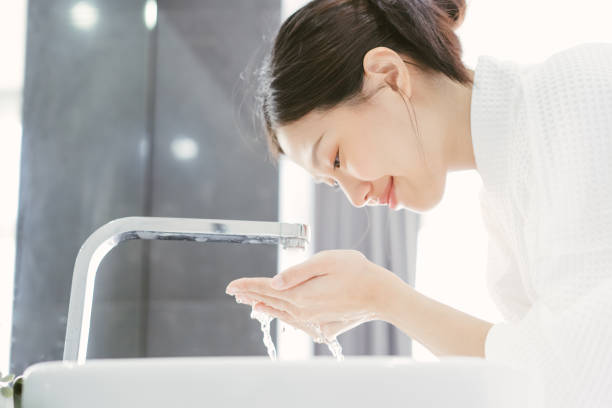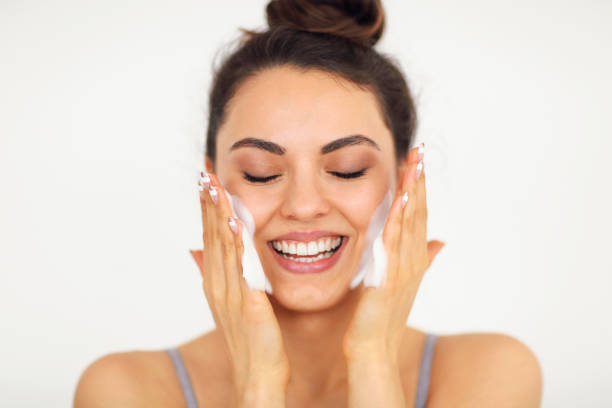
In recent years, there has been a remarkable shift in the perception and utilization of cosmetics among men. What was once considered primarily a domain of women has now become an increasingly accepted and embraced aspect of grooming for men. This evolution reflects not only changing societal norms but also the growing acknowledgment of the importance of self-care and personal presentation. From skincare routines to subtle enhancements, men’s cosmetics are undergoing a profound transformation, redefining traditional notions of masculinity and beauty standards.
Historically, the cosmetics industry predominantly targeted women, with products ranging from makeup to skincare heavily marketed towards them. However, as societal attitudes towards gender roles have evolved, so too has the market for men’s grooming products. Today, men are more open to exploring and incorporating cosmetics into their daily routines, fueled by a combination of factors including greater awareness of skincare benefits, shifting cultural attitudes, and the rise of social media influencers showcasing male grooming practices.
One of the most significant trends driving the changing face of men’s cosmetics is the increasing emphasis on skincare. Traditionally, skincare routines were often overlooked by men, with basic grooming products like soap and aftershave sufficing for many. However, as awareness of the importance of skincare has grown, fueled by the rise of beauty influencers and wellness trends, men have become more attentive to their skin’s health and appearance. This has led to a surge in the popularity of products such as cleansers, moisturizers, serums, and sunscreens specifically formulated for men’s unique skincare needs.
Furthermore, the stigma surrounding men’s use of cosmetics is gradually eroding, paving the way for a more inclusive approach to grooming. Men are now more comfortable experimenting with makeup to enhance their appearance subtly. This includes products like concealer to cover blemishes or dark circles, tinted moisturizers for a more even complexion, and brow gels to groom unruly eyebrows. These products offer men the opportunity to present their best selves confidently while challenging traditional notions of masculinity that once frowned upon such practices.
The rise of men’s cosmetics has also been fueled by the fashion and entertainment industries, where male celebrities and influencers often set trends and serve as role models for grooming practices. High-profile endorsements and collaborations between cosmetics brands and male figures have further normalized the use of cosmetics among men, encouraging broader acceptance and adoption of these products. Additionally, the growing popularity of gender-neutral and inclusive beauty brands has provided men with more options tailored to their preferences and needs, further dismantling barriers to entry into the cosmetics market.
In tandem with the rise of men’s cosmetics, there has been a notable shift in marketing strategies employed by brands to target male consumers. Advertisements and promotional campaigns now feature diverse representations of masculinity, showcasing men of various ages, ethnicities, and backgrounds using skincare and grooming products confidently. By portraying grooming as an essential aspect of self-care and personal hygiene rather than a strictly feminine pursuit, brands have successfully appealed to a broader audience of male consumers, further driving the growth of the men’s cosmetics market.
However, despite the significant progress made in destigmatizing men’s use of cosmetics, challenges and misconceptions persist. Some men still feel apprehensive about incorporating cosmetics into their grooming routines due to fear of judgment or societal pressure to adhere to traditional gender norms. Moreover, the lack of education and awareness surrounding skincare and grooming practices specific to men remains a barrier for many. Addressing these challenges will require continued efforts to promote inclusivity, diversity, and education within the cosmetics industry, ensuring that men feel empowered to explore and embrace grooming products that cater to their individual needs and preferences.
In conclusion, the changing face of men’s cosmetics reflects a broader societal shift towards inclusivity, self-expression, and personal wellness. As men increasingly prioritize skincare and grooming as essential components of their daily routines, the cosmetics industry has responded by offering a diverse range of products tailored to their needs. By challenging traditional gender norms and promoting acceptance and diversity, the evolving landscape of men’s cosmetics is redefining masculinity and beauty standards, empowering men to present their best selves confidently and authentically.



